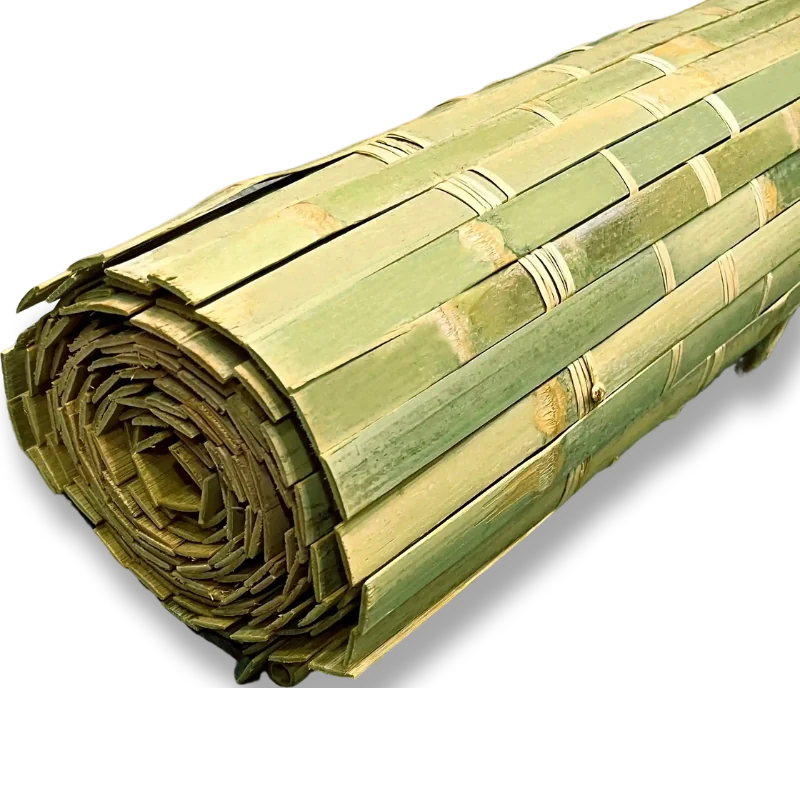The mitzvot (commandments) of lulav and etrog are intricately connected to the festival of Sukkot, complementing the central observance of dwelling in a sukkah. Sukkot, also known as the Feast of Tabernacles, is one of the pilgrimage festivals in Judaism, during which Jews commemorate the Israelites' journey through the wilderness after the exodus from Egypt. The sukkah itself symbolizes the temporary dwellings used during this journey, emphasizing humility, gratitude, and reliance on divine providence.
The mitzvah of lulav and etrog, however, adds a specific ritualistic element to the Sukkot observance. According to Jewish tradition, the Four Species—lulav (a palm branch), etrog (a citron fruit), hadassim (myrtle branches), and aravot (willow branches)—are gathered together and waved in all directions during Sukkot. Each of these components holds symbolic significance:
1. **Lulav**: The lulav consists of a palm branch, representing righteousness and uprightness. Its straight form is said to symbolize the spine, signifying strength and integrity.
2. **Etrog**: The etrog, a citrus fruit with a unique fragrance, represents the heart. It is described as having both taste and fragrance, symbolizing Jews who possess both knowledge of Torah (symbolized by taste) and good deeds (symbolized by fragrance).
3. **Hadassim and Aravot**: These are myrtle and willow branches, respectively, which are held together with the lulav. They are typically used as accompaniments to the lulav and etrog during the waving ceremony.
The waving of the Four Species is known as "taking the lulav and etrog," and it is performed daily throughout the festival (except on Shabbat). This ritual serves as a physical expression of gratitude to God for the harvest and for His protection during the desert wanderings. It also symbolizes unity among the Jewish people, as each of the Four Species represents different types of Jews with varying levels of Torah knowledge and good deeds, coming together in harmony.
The connection between the mitzvah of lulav and etrog and the sukkah lies in their shared themes of gratitude, unity, and faith. Both observances emphasize the transient nature of material possessions and the reliance on divine providence. While the sukkah reminds Jews of the temporary dwellings used during the exodus, the lulav and etrog connect them to the agricultural aspects of the festival, celebrating the harvest and offering thanks for sustenance.
Furthermore, the Talmudic tradition emphasizes that the mitzvah of the Four Species is to be performed specifically in the sukkah. This reinforces the idea that these observances are intertwined and mutually enriching, enhancing the spiritual experience of Sukkot.
In summary, the mitzvot of lulav and etrog and the commandment to dwell in a sukkah during Sukkot are deeply interconnected. They collectively reinforce themes of humility, gratitude, unity, and faith in God's providence, offering Jews a comprehensive way to celebrate and reflect on their history, their faith, and their relationship with the Divine. This unity of observances creates a rich and meaningful experience during the festival of Sukkot, highlighting both spiritual and communal dimensions of Jewish life and tradition.
























Leave a comment